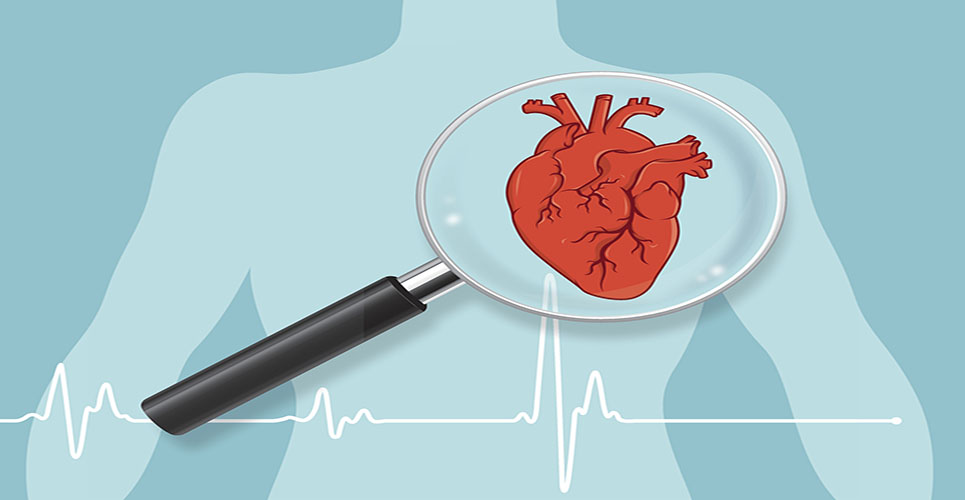teaser
Use of drugs for secondary prevention of ischaemic heart disease (IHD) has increased markedly in the UK in recent years, but there is scope for wider use of combined treatments in particular, researchers report in the journal Heart.
The researchers, led by Dr D Cook of St George’s Hospital, London, UK, say their findings indicate that the greatest scope for improvement in secondary prevention is among older patients and those with less severe disease.
The analysis of computerised data from 201 primary care practices linked to the DIN-LINK database showed that use of statins, antiplatelets, beta blockers and ACE inhibitors increased substantially in IHD patients in 1994–2005.
By 2005, 80% of men and 70% of women with IHD were receiving statins, while 75% and 74% were receiving antiplatelet drugs, 55% and 48% beta blockers, and 57% and 51% an ACE inhibitor, respectively.
The age-adjusted proportion of patients receiving no preventive treatment declined from 43.2% to 5.0% in men and from 48.2% to 7.0% in women.
In contrast, the proportion of patients receiving the combination of a statin, antiplatelet and either a beta blocker or ACE inhibitor increased from 0.8% to 54.7% in men and from 0.5% to 45.9% in women.
In 2005, just under half these men and women were receiving all four drugs.
Patients were less likely to receive three-combination therapy if they were older, had not had a myocardial infarction or been revascularised, and did not have co-morbidities such as diabetes or hypertension.
Men were significantly more likely than women to be receiving three-combination treatment, at an odds ratio (OR) of 1.42.
But this difference almost disappeared after adjustment for age, IHD type, socio-economic status, and presence of diabetes or hypertension.
Indeed, gender differences in three-combination therapy use varied by IHD severity, such that it was more probable in male than female patients with non-specific IHD (OR = 1.14), but less likely in men than in women after myocardial infarction (OR = 0.90) or revascularisation (OR = 0.84).
The increased use of preventive therapies occurred gradually, suggesting that there was no sudden impact of either the introduction of the National Service Framework or earlier guidelines, the authors comment.
However, they note that Quality and Outcomes Framework targets initiated in 2005 may have affected figures from then onwards.
The team concludes: “Despite high levels of statin and antiplatelet prescribing, opportunities exist for increasing the benefits of secondary prevention, especially through the wider use of combined treatments.”
Take part in our prize-draw survey

